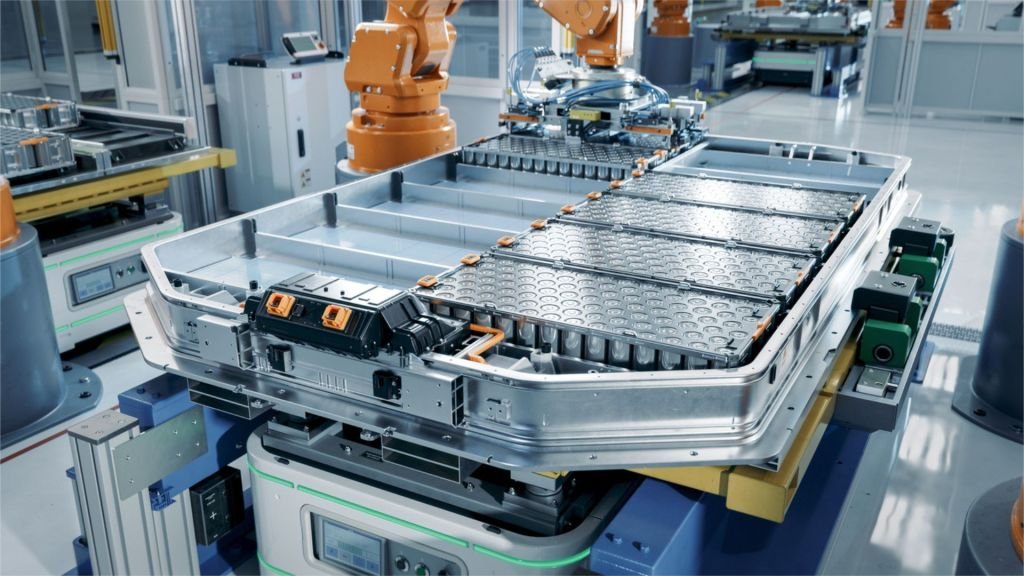CATL, a leading player in the global lithium-ion battery market from China, has announced a major breakthrough in the realm of solid-state batteries.
Leveraging the sulfide route technology, the company is determined to revolutionize electric vehicle (EV) power sources by moving towards 500 Wh/kg energy density, heralding a stark 40% improvement in comparison to traditional lithium-ion batteries.

The ambitious endeavor, heavily backed by intensive research and development efforts, has already seen the company entering the trial production phase with 20 Ah sample batteries.
This marks a significant milestone in the long-standing journey of refining the high-density solid-state batteries by CATL.
Despite these promising developments, CATL is still confronted with the hurdles of charging speed and cycle longevity.
The quest to produce batteries that offer both high performance and endurance continues to be a key focus area for the development team, which has over 1,000 dedicated members.
The project aims to facilitate the feasibility of small-batch production by 2027, but scaling up to mass production will still be hindered by several daunting challenges, including cost-efficiency and technological maturation.
Nevertheless, CATL’s progress reflects its strategic transition toward optimizing production processes.
In the broader landscape, CATL isn’t alone in this technological race.
Industry giants like Samsung and Toyota are also making strides in solid-state technology.
Samsung has introduced its pilot production line that offers an impressive 600-mile range, while Toyota has made noteworthy claims about reducing the weight, size, and cost of EV batteries by half.
CATL recently complemented its innovation portfolio with the introduction of the Freevoy Super Hybrid Battery.
With the ability to provide an electric range exceeding 400 kilometers and fast charging, this hybrid battery showcases CATL’s intent to lead in both the hybrid and electric vehicle battery markets.
The transition to solid-state batteries represents a technological evolution promising far greater range, reduced fire risks, and lower charging times.
Yet, manufacturing obstacles persist. Creating batteries capable of supporting long-term reliability without succumbing to issues like cracking and short-circuiting remains a formidable challenge.
As the battle for supremacy in solid-state battery technology intensifies, one core question lingers: Can these companies overcome the technological and economic barriers to make solid-state batteries a feasible option for the mass market?
This remains to be seen as CATL and its rivals push forward in their technological quests.
